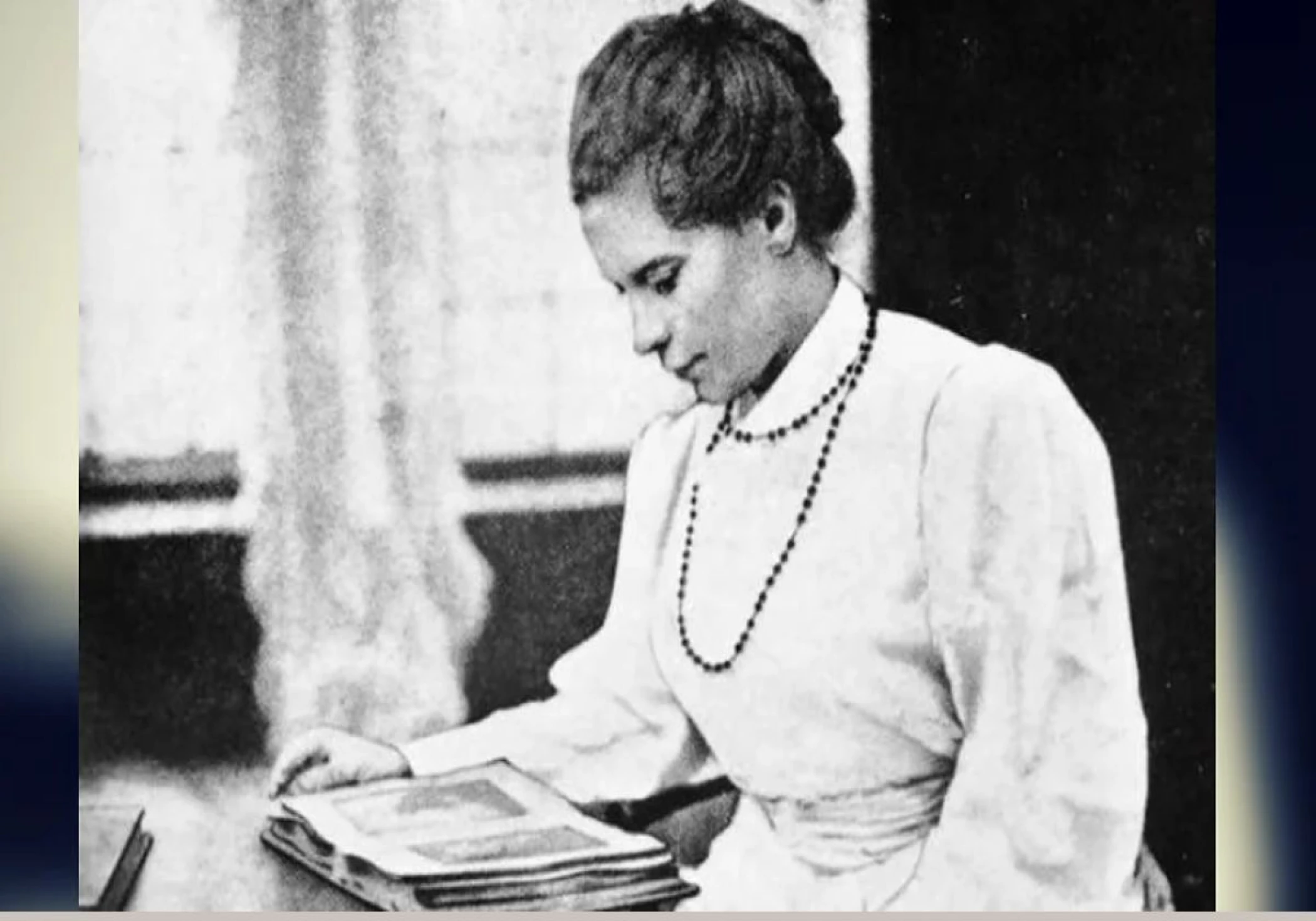
Sister Nivedita: who is she?
Sister Nivedita, also called Sister Nivedita, was a superb social worker and a follower of Swami Vivekananda. October 28, 1867, saw the birth of British-Irish writer Sister Nivedita in Ireland. She was an excellent teacher, writer, social worker, and English-Irish. Margaret Elizabeth Noble is her true name. He continues to be an enormous source of inspiration for every Indian, inspiring patriotism, because of his deep regard and love for India. It was Swami Vivekananda who brought Sister Nivedita to India. Afterwards, she turned into Swami Vivekananda's disciple. He turned his primary faith into serving people. Afterwards, he left the nation and went back to India. Along with her support for women's education, Sister Nivedita was a major figure in the liberation movement in India. The professors united in saying that another attempt was necessary, given the manner in which the voice for women's education and against all the injustices of the past was raised. Women will gain power from this, and we will be able to develop our society.
She was so taken aback by Swami Vivekananda's endearing demeanor, unwavering character, and oratory that she designated India as her karmabhoomi in addition to making this eminent Ramakrishna Paramhansa disciple her spiritual master. Throughout her life, Sister Nivedita made a substantial impact in the area of women's education as well. Nivedita consented to celibacy on March 25, 1898, in front of Swami Vivekananda. Margaret Elizabeth Noble then gave her a new name, Nivedita, thanks to Vivekananda.
Thus, Sister Nivedita became the first female from the West to join an Indian sect. Sister Nivedita describes how she frequently referred to Swami Vivekananda as a monarch and herself as his spiritual daughter in her book The Master as I Saw Him. It is highly commendable that Sister Nivedita worked in the Indian colonies during Calcutta's big plague.
Let's take a closer look at Nivedita Bhagini:
A chance meeting with Swamiji:
Margaret's quest for the truth had become restless and troubling by the time she reached her teenage years, and her intellect was beginning to falter. While Swami Vivekananda was staying in London in 1895 after returning from the Chicago Parliament of Religions, Margaret happened to hear Swamiji speak on Vedanta philosophy. Upon their initial interaction, he observed that Swamiji had a highly captivating demeanor.
intense devotion to Indian spirituality:
Following this, she carefully considered all of Swamiji's words before posing all of her queries to him. Satisfied with his responses, he met Swamiji and became deeply devoted to the Indian spiritual tradition and Swamiji himself. Margaret accepted Swamiji's invitation to travel to Calcutta three years after their first meeting.
Brahmacharini's Vrat:
Initially, Vivekananda taught him everything except religion after he traveled to Dakshineshwar in Calcutta and became a disciple of Margaret Swamiji. Vivekananda also instilled a passion for humanity in him. She received the name Sister Nivedita and the Brahmacharini vow from Swamiji on March 25, 1898.
Spirituality is not the exclusive use of religion:
However, he did not confine his devotion and service to spirituality and religion after this. In order to promote women's education, he founded a ladies' school in Calcutta. When the plague struck Kolkata in 1899, Perister Nivedita herself encouraged people to work in the public sector.
Dedicated to encouraging females to pursue science careers:
Following this, his art started to gain recognition around the nation. In order to educate women, she founded a girls' school in North Calcutta. Many women decide to choose a different course in life as a result. Sister Nivedita had close ties with nationalists such as Aurobindo Ghosh and was a staunch advocate of India's independence.
Government Girls Inter College served as the venue for the webinar. Girls pupils need to be empowered, educated, and self-sufficient, according to Principal Dr. Indu Singh, in order to strengthen society. It is impossible to imagine a civilization without education. At least two houses will become illuminated by the light of education if one girl kid learns. Students should excel particularly in the scientific subjects. This time, he committed to all the educators that they would give the science education of females extra consideration. Among the medical professionals in attendance were Drs. Subodh Shrivastava, Prakash Mishra, Sunil Samdani, Nishi, and Sunita.
Respect was shown to all, including scientists and artists:
Abala Bose, Abanindranath Tagore, Jagadish Chandra Bose, Rabindranath Tagore, and other prominent Bengali artists all held Sister Nivedita in high regard. Among his pals was Sri Aurobindo, the nationalist. He also assisted Indian philosopher and scientist Jagadish Chandra Basu in his studies.
Without addressing Sister Nivedita's role in nationalism and the Indian liberation struggle, no debate of her would be complete. In addition to being a talented writer, she used her talks on religion and culture to try and instill a sense of nationalism in the populace. aided the Anushilan Committee revolutionaries. In 1904, he created the Indian flag, which included Indra's Vajra. He was also a more active member of the movement at that time and vehemently opposed Lord Curzon's dissolution of Bengal.
All of Sister Nivedita has been donated to India:
Sister Nivedita, who was born in Ireland, found it extremely awkward to learn life's secrets, but after meeting Swami Vivekananda, her life was transformed. He not only accepted Indian religion and spirituality after traveling to India and taking up his discipleship, but he also gave himself over to nationalism, education, helping the victims, and society in general to the point where he became an inspiration to others. Below the Darjeeling railway station, on the Victoria Falls walkway, is a plaque that reads, "Here is Sister Nivedita, who gave her all to India.""However, why was it inscribed on an Irish woman's grave? Words cannot express how much Sister Nivedita accomplished for India in her life. With great devotion, this follower of Swami Vivekananda elevated Indian nationalism and religion to a new level. He adhered to the Hindu path of spirituality. On October 13, 1911, Sister Nivedita passed away at Roy Villa in Darjeeling. On the route to Victoria Falls, his memorial can be found beneath the train station (Darjeeling).

